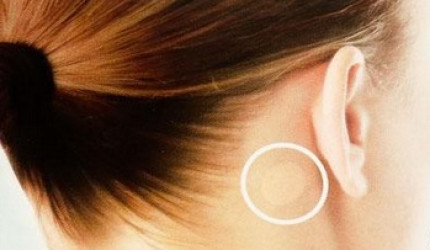Hyoscine (also called scopolamine) is used to prevent nausea and vomiting caused by motion sickness. It works by blocking certain signals to the brain that can cause nausea and vomiting. In New Zealand hyoscine patch (Scopoderm TTS) can be bought over the counter from your pharmacy without a prescription. Read more about motion sickness.
Note: hyoscine is also available as tablets which are used to relieve tummy (stomach) cramps or pain. Read more about hyoscine tablets.







